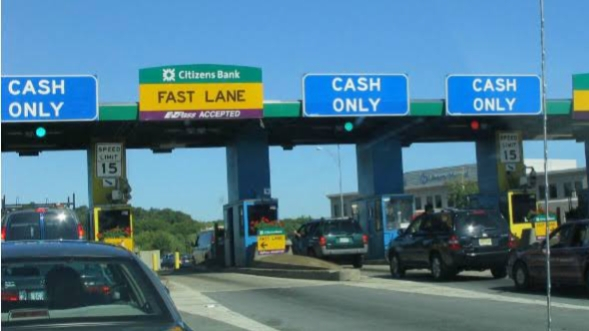
In a significant relief to highway commuters, the Ministry of Road Transport and Highways (MoRTH) has officially reduced toll charges on National Highways featuring structures such as tunnels, flyovers, and bridges. Effective from July 2, 2025, this move could result in up to 50% savings for daily travelers and logistics operators alike.
This decision was made possible through amendments in the NH Fee Rules, 2008, and introduces a fairer, restructured toll computation system specifically designed for highways that include complex engineering components.
What Changed in the Toll Calculation Method?
Previously, roads with major structures like the Atal Tunnel, Bogibeel Bridge, and Sudarshan Setu were subjected to higher toll fees due to the significant investment and maintenance costs involved. However, this often placed a financial burden on frequent commuters.
The updated rule provides a more balanced approach to toll calculation. Now, tolls are computed based on the lesser of two mathematical models:
- Ten times the length of the structure added to the remaining distance on the highway
- Five times the total length of the highway section
Let’s say a National Highway section is 40km long and entirely consists of structured components. The two calculations would be:
- 10 × 40km = 400km
- 5 × 40km = 200km
As per the rule, the toll will be charged based on the smaller of the two figures — in this case, 200km — leading to a straight 50% reduction compared to the earlier method.
Also Read: Honda Rebel 250 and CL250 to Get E-Clutch Tech Soon: A Big Boost for New Riders
Who Benefits?
The impact of this revised rule is immediately felt by a wide range of users:



